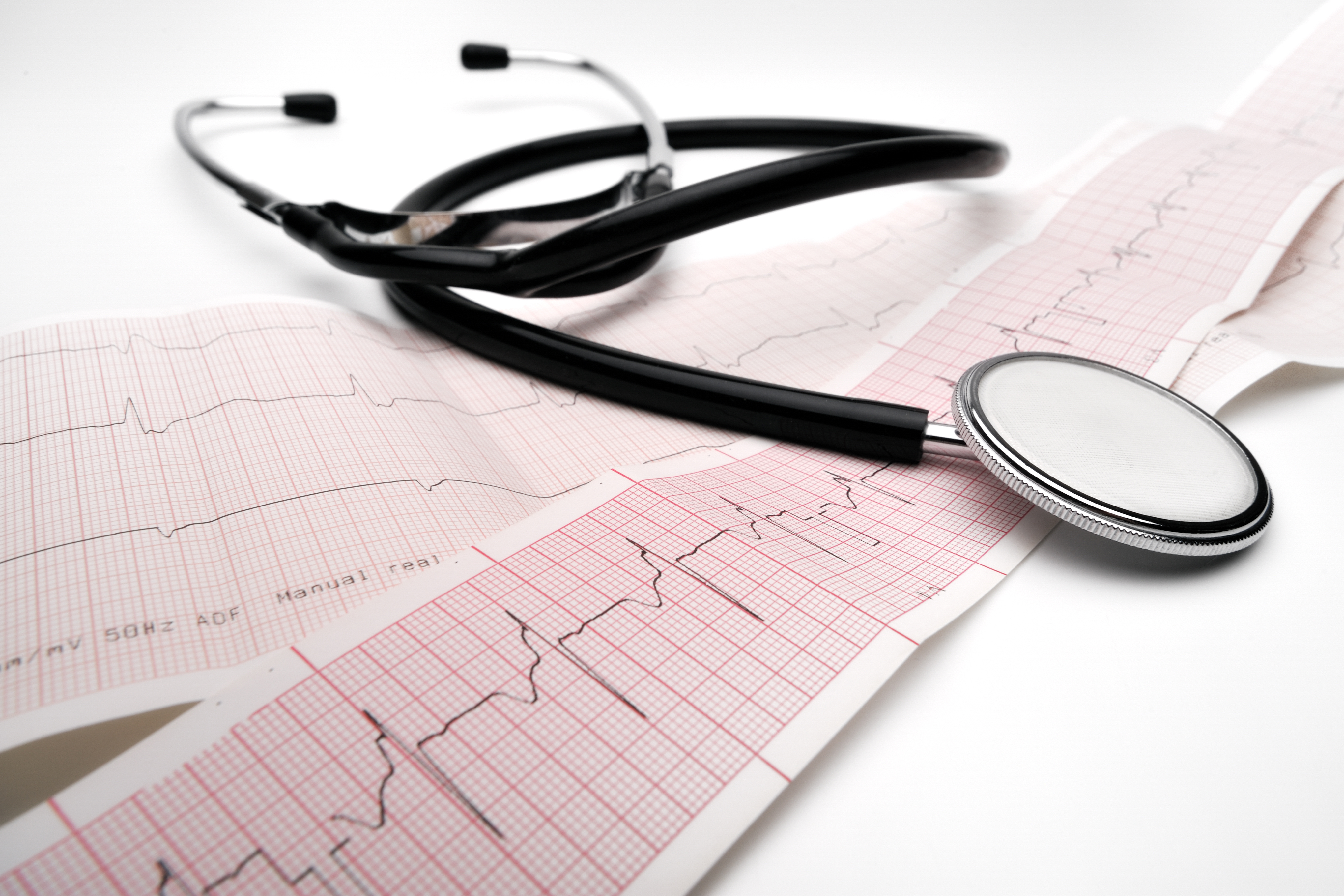His-SYNC: His bundle pacing not superior to biventricular pacing in cardiac resynchronization therapy
SAN FRANCISCO — His bundle pacing as first-line therapy did not improve ECG or echocardiographic parameters compared with biventricular pacing in patients with HF requiring cardiac resynchronization therapy, according to the His-SYNC trial presented at the Heart Rhythm Society Annual Scientific Sessions.
The researchers conducted an investigator-initiated randomized pilot trial to compare His bundle pacing as a first-line strategy with biventricular pacing in 41 patients (mean age, 64 years; 38% women; mean left ventricular ejection fraction, 28%; mean QRS width, 168 ms) with HF meeting guideline recommendations for CRT.
The primary outcomes were change in QRS duration, improvement in LVEF at 6 months and time to CV hospitalization or death at 12 months. The findings were simultaneously published in the Journal of the American College of Cardiology.
Crossover was mandated in the His bundle group if QRS narrowing of at least 20% was not achieved, QRS width of 130 ms or less was not achieved or correction thresholds of more than 5 V at 1 ms were achieved, and crossover was mandated in the biventricular group if an LV lead could not be placed, Roderick Tung, MD, FHRS, associate professor of medicine and director of electrophysiology at University of Chicago Medicine, said during a presentation.
“There has been tremendous enthusiasm in His bundle pacing,” Tung said. “It has been shown to correct QRS duration across bundle block patterns. However, the prior work has focused primarily on His corrective pacing as a bailout strategy for failed biventricular pacing, and in limited feasibility studies as first-line therapy.”

Crossover occurred in 48% of the His bundle group and 26% of the biventricular group, he said.
In the intention-to-treat analysis, QRS duration was reduced more in the His bundle group, but the difference between the groups was not statistically significant (His bundle, 172 ms to 144 ms; P = .002; biventricular group, 165 ms to 152 ms; P = .11; P for interaction = .42), according to the researchers.
Both groups improved in LVEF between baseline and 6 months (His bundle group, 26.3% to 31.9%; biventricular group, 30.5% to 34%; P < .001 for both; P for interaction = .33), Tung said.
Rate of echocardiographic response of at least 5% occurred in 76% of the His bundle group vs. 53% of the biventricular group (P = .13).
At 12 months, two patients died and six were hospitalized for CV causes, with no differences between the groups, according to the researchers.
In a per-protocol analysis, which was based on which type of pacing a patient actually received, the His bundle group had a significant reduction in QRS duration compared with the biventricular group (P for interaction < .001) and trends toward a higher rate of echocardiographic response (P = .078) and improvement in LVEF (P = .11), Tung said.
“In this first randomized pilot trial, His-CRT as a first-line strategy was not superior to BiV-CRT, with comparable rates of electrocardiographic resynchronization and echocardiographic response,” he said. “His-CRT was not suitable as a first-line strategy in an unselected CRT population. Future studies to test efficacy should be guided by an electrophysiologic stratification to identify and enroll patients with left bundle branch block.” – by Erik Swain
References:
Tung R, et al. LBCT01-05. Presented at: Heart Rhythm Society Annual Scientific Sessions; May 8-11, 2019; San Francisco.
Upadhyay GA, et al. J Am Coll Cardiol. 2019;doi:10.1016/j.jacc.2019.04.026.
Disclosure: Tung reports he served on the advisory board for Abbott and Boston Scientific. Please see the study for the other authors’ relevant financial disclosures.



